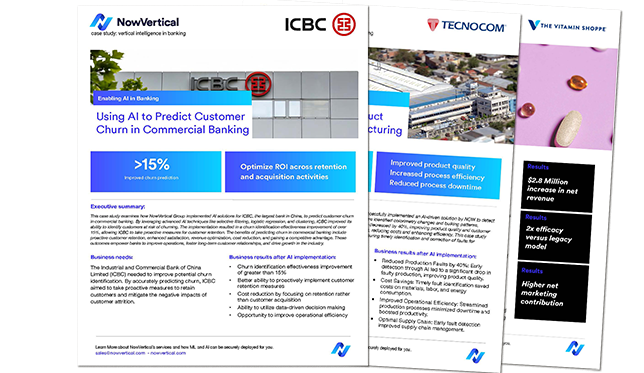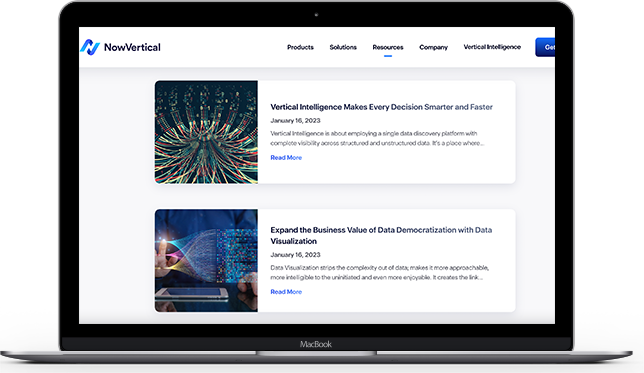September 29, 2022
Getting Started
There are several different ways to implement a CRM strategy. One option is to use a cloud-based system. These systems allow users to access data from anywhere at any time. They also provide real-time updates so that salespeople can make changes as needed.
There are many different types of CRM systems available today, from simple contact management programs to complex enterprise solutions. Some of the most popular options include Microsoft Dynamics 365, Salesforce, Hubspot, and SugarCRM.
For most businesses, a basic contact management program will be sufficient. Contact management software collects data on interactions with customers, such as phone calls, emails, and online chats. It then provides reports on those interactions, allowing managers to see which contacts are generating revenue and which aren’t.
Know Who They Are
A CRM strategy should start with knowing who your customer base is. This includes understanding your business type, how much revenue you generate, and where your customers live. It’s also important to understand your customer’s buying habits.
- What do they buy?
- How often do they purchase?
- Where do they shop?
Knowing these answers will help you determine the best CRM software for your needs.
CRM software is designed to help businesses improve customer service and increase sales. The software tracks interactions with customers, such as phone calls, emails, and social media posts. Companies use this data to create marketing campaigns and tailor services to specific groups of customers.
For example, if a business has identified a group of customers who tend to complain about slow service, then the company could send them a message reminding them of the speed at which they were served previously.
The best CRM systems allow users to track every aspect of a customer relationship from initial contact to final sale. These programs help businesses identify potential problems before they become major issues. For example, if a customer calls complaining about a product, the system can alert sales staff to be ready to resolve the issue.
Understand Their Needs
Once you know your customer base, you need to understand their needs.
- Do they prefer email or phone calls?
- Are they mobile or desktop users?
- Do they use social media?
These questions will help you choose the right CRM software for them.
The best CRM strategy is one that focuses on the needs of the customer. Companies should understand what their customers want from them and then provide those services.
For example, if a company sells shoes, it would be smart to know which styles are most popular and which colors are most popular. If a company provides financial services, it would be wise to know which products are most profitable.
The most important thing to remember when using CRM software is to understand what your customers want from you. If you know what your customers want, then you can provide them with exactly what they want. You can use CRM software to track every aspect of your business, from sales to marketing to customer service.
Identify Their Pain Points
A good CRM system should address these pain points. It should provide easy access to data, so you can easily see what’s going on with each customer. It should also allow you to send personalized messages based on the individual’s preferences.
Once you know what those pain points are, you can create solutions to address them. For example, if you find that many of your customers are having trouble finding your products online, you could offer free shipping or discounts to encourage them to shop at your store instead.
Creating a successful CRM strategy is identifying what problems your business faces. You should be able to identify the pain points of your current system and determine if there are ways to improve upon them. For example, if you find that your sales team has trouble closing deals, then you might want to look into using a CRM program that includes features such as deal management, email marketing, and lead tracking.
Why You Need a CRM Strategy
The biggest benefit of having a CRM strategy is 5-fold. Beyond making team collaboration more effective, a CRM strategy helps you keep better track of sales leads so you can identify MQLs versus SQLs for promising opportunities. And lastly, you can use this information to craft more personalized and better targeted campaigns, so you can draw data to make more accurate forecasts and provide better service to existing and potential customers.
CRM Strategy Definition
CRM stands for “customer relationship management.” A CRM strategy is your game plan for how to improve the relationship between your customers and your sales, marketing, and customer service teams.
5 Steps To Create a Successful CRM Strategy
Before you tackle this important strategic plan, here are some tried-and-true steps to guide you:
1. Examine Your Existing Process & Strategy
An integral first step is to perform a holistic internal audit of what you’re doing now that’s working, and what you’re not doing that needs to be done. Sounds simple, but this will require cross-functional teams who will be part of the CRM process to weigh in. Does the current CRM platform meet everyone’s needs? Is reporting cohesive? What metrics are you tracking and how can they be improved? The purpose of the audit is to identify your company’s current process’ weaknesses and strengths as well as the biggest opportunities and threats. This is what’s known as a SWOT analysis.
2. Goal-Setting
Customer relationship management has a myriad of metrics you can track for retention or acquisition. Goal-setting means taking a closer look at what you want to achieve with potential and existing customers.
Here are some questions to ask:
- Are your NPS scores in need of improvement; or conversely, do you have an NPS score program in existence?
- Do you need to reduce churn?
- What’s the length of your sales cycle?
- Which channels are most and least effective?
- Are these goals achievable? If so, why; if not, why not?
- What resources do you need to achieve your goals?
- Do you require additional team members, more or better tools, and a new CRM platform?
3. Finding Your Ideal Customer Profile, or Persona (ICP)
Your Ideal Customer Profile or your ICP is a description of the ideal customer your organization strives to acquire. Crafting personas is a detailed process. It’s more than just identifying your target audience. It aims to dive deep into the emotional and behavioral aspects of your customers.
The exercise of creating an ICP helps you understand who, why, and how someone is buying your product.
Customer Profiles are made from a mix of market research and real customer data. They act as one source of truth for your whole organization to work back from and become more customer-centered.
So, you might be wondering, how do you go about creating one? It typically begins with research, surveys, and interviews of your target audience.
Having a clear picture of who you need to be talking to is only going to help you come up with the right tactics and messaging to reach them. If you don’t have a clear buyer or customer in mind, consult your sales and customer service teams. You can also send customer surveys or interview customers directly to find the answers you’re looking for.
4. Understanding the Buyer’s Journey
This is where you analyze every touchpoint in your sales cycle. How do you find prospects? How do they find you? How does your sales cycle play out? For instance, if you notice sharing downloadable case studies on Twitter yields 10 MQLs into your sales cycle, that’s a good insight that might propel you to test more downloadable content strategies on Twitter. Or perhaps you uncover that emailing your prospect list a 30-day free trial shortens the sales cycle.
These touchpoints offer insights into what works, what doesn’t, and what the buyer’s journey looks like across channels. “Relate this cycle back to your buyer personas. The most important question here is: Does your sales and marketing funnel align with who your buyer is?,” explains Mimi Poltner of Forbes.
5. Performing a Competitive Analysis
When it comes to analyzing competitors, the importance of being proactive rather than reactive is vital to your business’s success — it’s important to know how you stand in relation to your competition. The reason it’s such an integral step in crafting your CRM strategy is that a competitive analysis will help you enhance your overall business strategy by informing your organization of how you can outperform your competitors, and gain a competitive advantage.
Expediting Answers with Industry Expertise
No two problems are ever the same. That’s why NOW Solutions has built a team consisting of real experts with experience in your industry. Our number one priority is equipping you with both the solutions and process to solve your problems today and in the future. Contact us here if we can help you get your CRM strategy in order.









